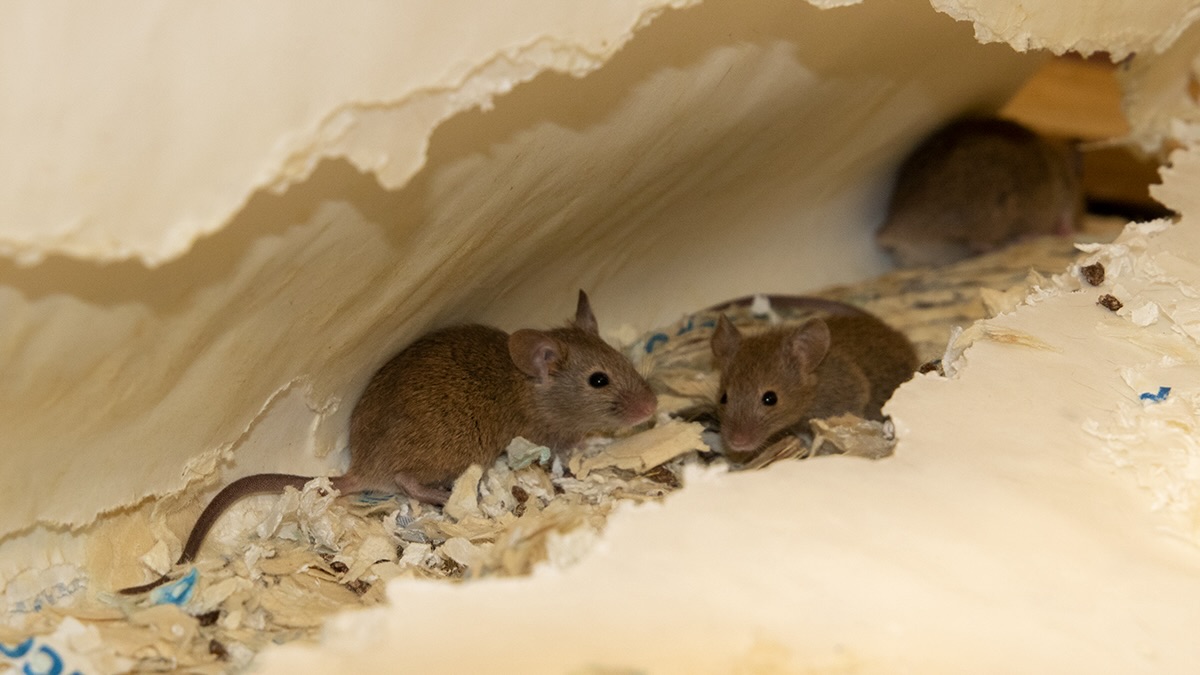

Articles
What Do Mice In The Attic Sound Like
Modified: December 7, 2023
Discover what mice in your attic sound like and how to identify them. Read our informative articles for valuable insights and solutions to tackle this common nuisance.
(Many of the links in this article redirect to a specific reviewed product. Your purchase of these products through affiliate links helps to generate commission for Storables.com, at no extra cost. Learn more)
Introduction
Having unwanted guests in your attic can be a cause for concern, especially if those guests happen to be mice. Not only can they cause damage to your property, but the sounds they make can also be quite unsettling. If you’re wondering what mice in the attic sound like, this article will guide you through the various noises these tiny intruders create.
Identifying the sounds coming from your attic can help determine if mice are indeed the culprits. Mice are nocturnal creatures, meaning they are most active during the night. Their activities in the attic may include scratching, chewing, scurrying, gnawing, and even vocalizations. By understanding these distinct noises, you can take appropriate action to prevent further infestation.
In this article, we will explore the common types of sounds made by mice in the attic and offer tips on how to differentiate them from other rodent noises. Let’s dive in and find out what kind of symphony these tiny rodents can create in your attic!
Key Takeaways:
- Identifying the distinct scratching, chewing, scurrying, and vocalization sounds made by mice in the attic can help homeowners confirm infestations and take prompt action to prevent further damage and health risks.
- Understanding the unique characteristics of mouse noises and differentiating them from other rodent sounds is crucial for effectively addressing infestations and creating a rodent-free living environment in the attic.
Read more: What Do Raccoons Sound Like In The Attic
Identifying Mouse Noises in the Attic
When you suspect mice have taken up residence in your attic, it is essential to listen carefully to the sounds they produce. By identifying these noises, you can confirm the presence of mice and take the necessary steps for removal and prevention.
One of the telltale signs of a mouse infestation is the sounds of scratching and scurrying. Mice have sharp claws that they use to climb and move around, and these claws create a distinct scratching noise as they traverse surfaces.
In addition to scratching, you may also hear chewing sounds. Mice constantly gnaw on objects to maintain their teeth, which never stop growing. They may chew on wires, insulation, and even wooden structures, leading to potential damage and fire hazards.
Another common noise mice make is scurrying. Mice are incredibly agile and quick, and their rapid movements result in scurrying sounds as they navigate through tight spaces in your attic. These noises are often heard during the night when mice are most active.
Gnawing and nesting sounds are also common indicators of a mouse infestation. Mice will chew on materials to create nests, such as cardboard, fabric, or insulation. If you hear these sounds, it is crucial to address the infestation promptly to prevent further damage to your property.
Lastly, mice may vocalize and make chirping sounds. These vocalizations can serve as a way to communicate with other mice or signal alarm. While vocalizations are less common, they can occasionally be heard, especially if the infestation is large.
By identifying these different mouse noises in the attic, you can take appropriate action to eliminate the infestation. With the help of professionals or DIY methods, you can ensure that your attic remains free from these unwanted visitors.
Types of Sounds Made by Mice in the Attic
When it comes to mice in the attic, they can produce a variety of sounds that can range from subtle to quite noticeable. Understanding the different types of noises made by these unwelcome guests can help you identify the extent of the infestation and take appropriate action. Let’s explore the types of sounds mice make in the attic:
- Scratching Noises: Mice have sharp claws, and as they move around, they can create scratching sounds on various surfaces such as walls, insulation, and even ductwork in the attic. These scratching noises are often heard during the night when mice are most active.
- Chewing Sounds: Mice are notorious for their gnawing habits. They constantly chew on objects to keep their teeth from overgrowing. As a result, you may hear chewing sounds as they gnaw on wires, wood, or other materials in your attic. These sounds can be quite alarming as they indicate potential damage to the structure or electrical wiring.
- Scurrying and Scampering Sounds: Mice are agile creatures and can rapidly move through tight spaces. As they scurry around the attic, they will create scurrying and scampering sounds. These noises are typically quick and light, resembling the sound of tiny feet running across surfaces.
- Gnawing and Nesting Sounds: When mice invade your attic, they create nests using various materials found in their environment. To construct these nests, mice will chew on cardboard, fabric, insulation, and other soft materials. The sounds of gnawing and nesting are often heard as mice work to create or expand their nests.
- Vocalizations and Chirping Sounds: While not as common, mice can also vocalize and make chirping sounds. These vocalizations can serve as a means of communication between mice or signal alarm in response to perceived threats. Hearing these sounds may indicate a larger infestation.
By familiarizing yourself with these different types of sounds made by mice in the attic, you can better differentiate their presence from other possible causes. If you hear any of these noises, it is important to address the issue promptly to prevent further damage and eliminate the infestation.
Scratching Noises
One of the most common sounds associated with mice in the attic is scratching. Mice have sharp claws that allow them to navigate and climb various surfaces in your attic. As they move around, their claws make a distinct scratching noise, which can be heard especially during the night when they are most active.
Scratching noises can indicate the presence of mice and should not be ignored. If you hear consistent scratching sounds coming from your attic, it’s important to take action to address the infestation promptly. Ignoring the problem can lead to further damage and a larger population of mice.
There are several reasons why mice may scratch in your attic:
- Movement: Mice are agile creatures that can easily climb and maneuver through tight spaces. As they explore your attic, they may scratch against walls, rafters, insulation, or any other accessible surface. Their nimble movements often result in a series of rapid, repetitive scratching sounds.
- Nesting: Mice create nests in secluded areas of your attic for breeding and shelter. They will gather materials like fabric, insulation, and cardboard to construct their nests. During this process, you may hear scratching noises as they gather and arrange these materials.
- Entry and Exit: Mice can find their way into your attic through small openings or gaps in the exterior of your home. When they enter or exit the attic, they may scratch against the edges of these openings, causing audible scratching noises.
- Marking Territory: Mice may also scratch surfaces as a way to mark their territory. By leaving behind their scent and visible claw marks, mice communicate with other mice, indicating that a particular area is already claimed.
If you hear scratching noises in your attic, it is crucial to address the issue promptly. Start by inspecting your attic for any signs of mouse activity, such as droppings, chewed wires, or nesting materials. Seal off any entry points to prevent further mice from entering, and consider seeking professional help to safely remove the existing infestation.
Remember, ignoring the scratching noises can lead to more severe damage and health risks, as mice can contaminate food and transmit diseases. Taking proactive measures will ensure a rodent-free and safe living environment.
Chewing Sounds
When mice take up residence in your attic, one of the most concerning noises you may hear is the sound of chewing. Mice have a constant need to gnaw on objects to maintain their teeth, which grow continuously throughout their lives. As a result, they will chew on various materials they come across, including wires, insulation, wood, and even plastic.
If you hear chewing sounds in your attic, it is crucial to take immediate action. Ignoring these noises can lead to serious damage to your property, as well as potential fire hazards due to chewed electrical wiring. Here are some key points to understand about chewing sounds made by mice:
Identifying Chewing Sounds: Chewing sounds made by mice can range from soft and subtle to loud and persistent. You may hear a series of rapid, repetitive chewing noises or the continuous gnawing sound as mice work their way through materials in your attic.
Reasons for Chewing: Mice chew on objects for several reasons:
- Dental Health: Mice’s teeth continually grow, so they gnaw on objects to wear them down and keep their teeth at a manageable length.
- Nesting Material: Mice gather materials such as cardboard, fabric, and insulation to create nests in your attic. They will chew these materials to shape their nests and make them more comfortable.
- Exploration: Mice will often chew on various objects as they explore their surroundings. This chewing behavior helps them navigate and investigate their environment.
- Food: In their search for food, mice may chew through containers, packaging, and even stored items in your attic.
Preventing Damage: To protect your attic from further damage caused by chewing mice, take the following steps:
- Seal Entry Points: Inspect your attic and seal any openings or gaps through which mice may be entering. Remember that mice can squeeze through remarkably small spaces.
- Remove Attractive Materials: Remove or securely store potential nesting materials such as cardboard boxes, old fabrics, or papers.
- Safeguard Wires and Insulation: Protect electrical wiring and insulation with rodent-proof coverings or use metal conduit to prevent mice from accessing them.
- Consult Professionals: If the infestation is severe or you’re unable to handle it on your own, seek the assistance of professional pest control to safely remove the mice from your attic.
By taking these proactive measures and addressing the issue as soon as possible, you can minimize the damage caused by chewing mice in your attic and create a rodent-free living environment.
Mice in the attic can create scratching, scurrying, and gnawing sounds. If you hear these noises, it’s important to address the issue promptly to prevent damage and potential health hazards.
Read more: What Do Bats Sound Like In Your Attic
Scampering and Scurrying Sounds
One of the distinctive sounds associated with mice in the attic is the scurrying and scampering noises they make. These sounds are a result of their quick and agile movements as they navigate through your attic space. If you hear these noises during the night, it is a strong indicator of a mouse infestation.
The scampering and scurrying sounds made by mice in the attic can vary in volume and intensity. Here’s what you need to know about these noises:
Characteristics of Scampering and Scurrying Sounds:
- Speed and Rapidity: Mice are incredibly agile creatures with the ability to move swiftly. Their small size allows them to scurry and scamper through tight spaces, creating quick, light, and often consecutive sounds.
- Light Footsteps: Due to the small size of their paws, the footfalls of mice produce light and delicate sounds. These noises are typically softer compared to heavier footsteps made by larger animals.
- Multiple Directions: Mice don’t move in straight lines and will often change directions while scampering and scurrying. As a result, the sounds emitted can seem to come from various locations in the attic.
Reasons for Scampering and Scurrying:
- Foraging: Mice are primarily motivated by the search for food. Scampering and scurrying sounds may indicate their attempts to locate sources of nourishment in your attic, such as stored food items or crumbs.
- Exploration: Mice are curious creatures and love to explore their surroundings. They may scamper and scurry around the attic as they investigate different areas or search for potential nesting sites.
- Social Behavior: Mice are social animals and often live in groups. The scampering and scurrying sounds may represent their interaction and communication within the colony.
Addressing Scampering and Scurrying Sounds:
- Inspection: Carefully inspect your attic for signs of mouse activity, such as droppings, chewed materials, or nests. Identifying the specific areas where the sounds originate from can help in devising appropriate control measures.
- Sealing Entry Points: Mice can enter your attic through even the tiniest of openings. Seal any gaps, cracks, or holes to prevent further entry and secure your attic from future infestations.
- Trapping or Exclusion: Consider using humane traps or working with a professional pest control service to safely remove the mice from your attic and eliminate the infestation.
By addressing the issue promptly and taking proper measures, you can effectively eliminate the scampering and scurrying sounds from your attic and restore peace and quiet to your home.
Gnawing and Nesting Sounds
When mice invade your attic, one of the unmistakable sounds you may encounter is the gnawing and nesting noises they make. Mice have a constant need to gnaw on objects to keep their teeth from overgrowing, and they also create nests using various materials in your attic. Identifying these sounds can help you confirm the presence of mice and take appropriate action against the infestation.
Gnawing Sounds:
Mice are notorious chewers, and their gnawing sounds can be quite distinct. Here’s what you need to know about these sounds:
- Rhythmic Gnawing: The gnawing sounds made by mice often appear rhythmic and repetitive. They will gnaw on various surfaces, including wood, wires, insulation, and even plastic, leaving telltale signs of their presence.
- Teeth Maintenance: Mice gnaw on objects to wear down their constantly growing teeth. This behavior ensures that their teeth remain at an appropriate length and helps them chew food effectively.
- Infrastructure Damage: Gnawing on wires, insulation, and wooden structures can lead to severe damage and potential fire hazards. If you hear gnawing sounds in your attic, immediate action is necessary to prevent further harm to your property.
Nesting Sounds:
In addition to gnawing, mice create nests using various materials found in your attic. Here’s what you need to know about nesting sounds:
- Material Gathering: Mice will chew on fabrics, cardboard, insulation, and other soft materials to gather nesting materials. These sounds are often heard as they work to construct or expand their nests.
- Nesting Locations: Mice prefer secluded areas and will build their nests in hidden locations within your attic. Common nesting spots include insulation, behind walls, and in unused corners.
- Reproduction and Shelter: Creating nests allows mice to breed and raise their young in a secure environment. If you hear nesting sounds, it indicates a thriving mouse population and the potential for rapid expansion if left unchecked.
Dealing with Gnawing and Nesting Sounds:
- Investigation: Inspect your attic for signs of gnawed materials, shredded insulation, and nesting sites. This will help you identify the severity of the infestation and direct your efforts for control.
- Sealing Entry Points: Prevent mice from entering your attic by sealing any holes or gaps in your home’s exterior. This will minimize their ability to access your living space.
- Removing Nesting Materials: Remove nesting materials such as cardboard, fabrics, and papers from your attic to discourage mice from building or expanding their nests.
- Professional Assistance: If the infestation is severe or you require expertise in safely removing the mice, consult with a professional pest control service. They can develop a tailored plan to eliminate the mice and prevent future infestations.
By addressing gnawing and nesting sounds promptly and effectively, you can mitigate the damage caused by mice and regain control of your attic space.
Vocalizations and Chirping Sounds
While less common than other sounds, mice can vocalize and make chirping noises, adding another layer to their auditory presence in your attic. These vocalizations are a part of their communication repertoire and can provide insight into their behavior and presence. Understanding vocalizations and chirping sounds made by mice can help you differentiate between them and other rodent species.
Types of Vocalizations:
Mice employ various vocalizations to communicate with each other and express certain behaviors and emotions. Here are a few types of vocalizations you may hear in your attic:
- Chirping: Mice often emit a series of high-pitched chirping sounds, which can resemble the chirping of a bird. These vocalizations can serve as a way for mice to communicate with each other, especially during interactions, courtship, or territorial disputes.
- Ultrasounds: Mice can produce ultrasounds that are beyond the range of human hearing. These high-frequency sounds are used in communication and can convey messages about potential dangers, mating, or establishing dominance.
- Aggression: When mice feel threatened or engaged in fights with other mice, they may emit aggressive vocalizations. These sounds can range from high-pitched squeaks to low growls, signaling their readiness to defend themselves or establish dominance.
- Distress Calls: Mice may emit distress calls when they are in pain or feeling threatened. These vocalizations can be higher in pitch and may indicate distress or a call for help within the mouse community.
Understanding Chirping and Vocalization Sounds:
- Rarity: While vocalizations are not as commonly heard as other sounds like scratching or scurrying, they can occasionally be audible, especially if you have a sizable mouse infestation in your attic.
- Identification: Pay attention to the pitch, frequency, and patterns of the sounds you hear. By understanding the range of vocalizations mice can produce, you can distinguish them from noises made by other rodents or animals.
- Infestation Size: The presence of vocalizations and chirping sounds may indicate a larger mouse infestation. If you frequently hear these noises, it’s essential to address the situation promptly to prevent further population growth.
Taking Action:
- Observation: Carefully listen to the vocalizations and chirping sounds to locate their source within your attic. This can help you identify nesting areas or areas of high mouse activity.
- Professional Assistance: If the infestation is extensive or you’re unsure how to handle it, consult with a professional pest control service. They have the expertise to safely remove the mice from your attic and implement preventive measures.
- Sealing Entry Points: Prevent future mouse infestations by sealing any entry points to your home, including gaps in windows, doors, and vents. This will reduce the likelihood of mice finding their way into your attic in the future.
By understanding and addressing the vocalizations and chirping sounds made by mice in your attic, you can take appropriate action to eliminate the infestation and create a peaceful living environment.
Differentiating Mouse Noises from Other Rodent Noises
When you hear noises coming from your attic, it is important to accurately determine whether mice are the culprits or if other rodents are involved. While the sounds made by different rodents can sometimes be similar, there are specific characteristics that can help you differentiate mouse noises from those of other rodent species. Here are some key factors to consider when trying to distinguish between mouse noises and other rodent sounds:
1. Size of the Sounds:
Mice are small rodents, typically measuring a few inches in length. This means that the sounds they produce, such as scratching, scurrying, and gnawing, will generally be lighter and softer compared to larger rodents. Other rodents like rats or squirrels may create louder and more forceful noises due to their larger size and more prominent movements.
2. Pitch and Frequency:
Mice tend to produce higher-pitched sounds compared to other rodents. Their vocalizations, including chirping and squeaking, are often in the higher frequency range. In contrast, other rodents like rats or squirrels may produce sounds with lower pitches or more varied vocalizations.
3. Patterns of Activities:
Mice are nocturnal creatures, meaning they are most active during the night. If you primarily hear rodent noises in your attic during the nighttime hours, it is more likely to be mice. Other rodents, such as squirrels, may also be active during the day, and their noises will occur at different times compared to mice.
4. Specific Sounds:
While there may be some overlap in the sounds made by different rodents, certain behaviors and noises are more indicative of mice. Scratching noises, rapid scurrying sounds, and repetitive gnawing are often associated with mice infestations. On the other hand, rats may produce louder scratching and gnawing sounds, while squirrels are known for their louder and more pronounced scurrying and jumping noises.
5. Nesting and Location:
If you find nests or nesting materials in your attic, this can help identify the rodent species responsible for the sounds. Mice create nests using soft materials like fabrics and insulation, while other rodents may construct larger and more intricate nests suited to their specific species.
To determine the exact rodent species and address the infestation correctly, it is advisable to seek expert assistance from a professional pest control service. They can conduct a thorough inspection, identify the species causing the noises, and develop an effective plan for removal and prevention.
By paying attention to the size, pitch, patterns, specific sounds, and nesting behaviors, you can better differentiate mouse noises from those of other rodent species. Understanding the distinct characteristics will allow you to take appropriate action to tackle the infestation and restore peace to your attic.
Read more: What Do Mice Eat In The Attic
Conclusion
Hearing mysterious noises coming from your attic can be unsettling, especially when you suspect the presence of mice. By familiarizing yourself with the distinct sounds made by mice in the attic, you can quickly identify their presence and take appropriate action to eliminate the infestation.
Scratching noises are often the first telltale sign of mice in the attic. These sounds result from their sharp claws as they navigate various surfaces. Chewing sounds, on the other hand, indicate mice’s constant need to gnaw on objects to maintain their teeth. Scurrying and scampering noises are synonymous with the agile movements of mice through tight spaces in your attic.
While vocalizations and chirping sounds are less common, they can occur and provide additional evidence of a mouse infestation. Recognizing these vocalizations, chirping, or ultrasounds can help differentiate them from sounds produced by other rodents.
It’s crucial to address mouse infestations promptly to prevent further damage to your property and minimize potential health risks. Seal entry points, remove nesting materials, and consider seeking professional assistance for safe and effective removal.
By differentiating mouse noises from other rodent noises and understanding their behaviors, you can take the necessary steps to eliminate the infestation and create a rodent-free environment in your attic.
Remember, while it’s essential to address the immediate issue of mice in your attic, it is equally important to implement preventive measures to avoid future infestations. Regular inspection, sealing potential entry points, and maintaining cleanliness can go a long way in preventing unwanted guests in your attic.
If you’re uncertain about the extent of the infestation or need guidance in dealing with the mice in your attic, it is always recommended to consult with professional pest control services. They can provide expert advice, efficient solutions, and help restore peace and tranquility to your home.
Frequently Asked Questions about What Do Mice In The Attic Sound Like
Was this page helpful?
At Storables.com, we guarantee accurate and reliable information. Our content, validated by Expert Board Contributors, is crafted following stringent Editorial Policies. We're committed to providing you with well-researched, expert-backed insights for all your informational needs.
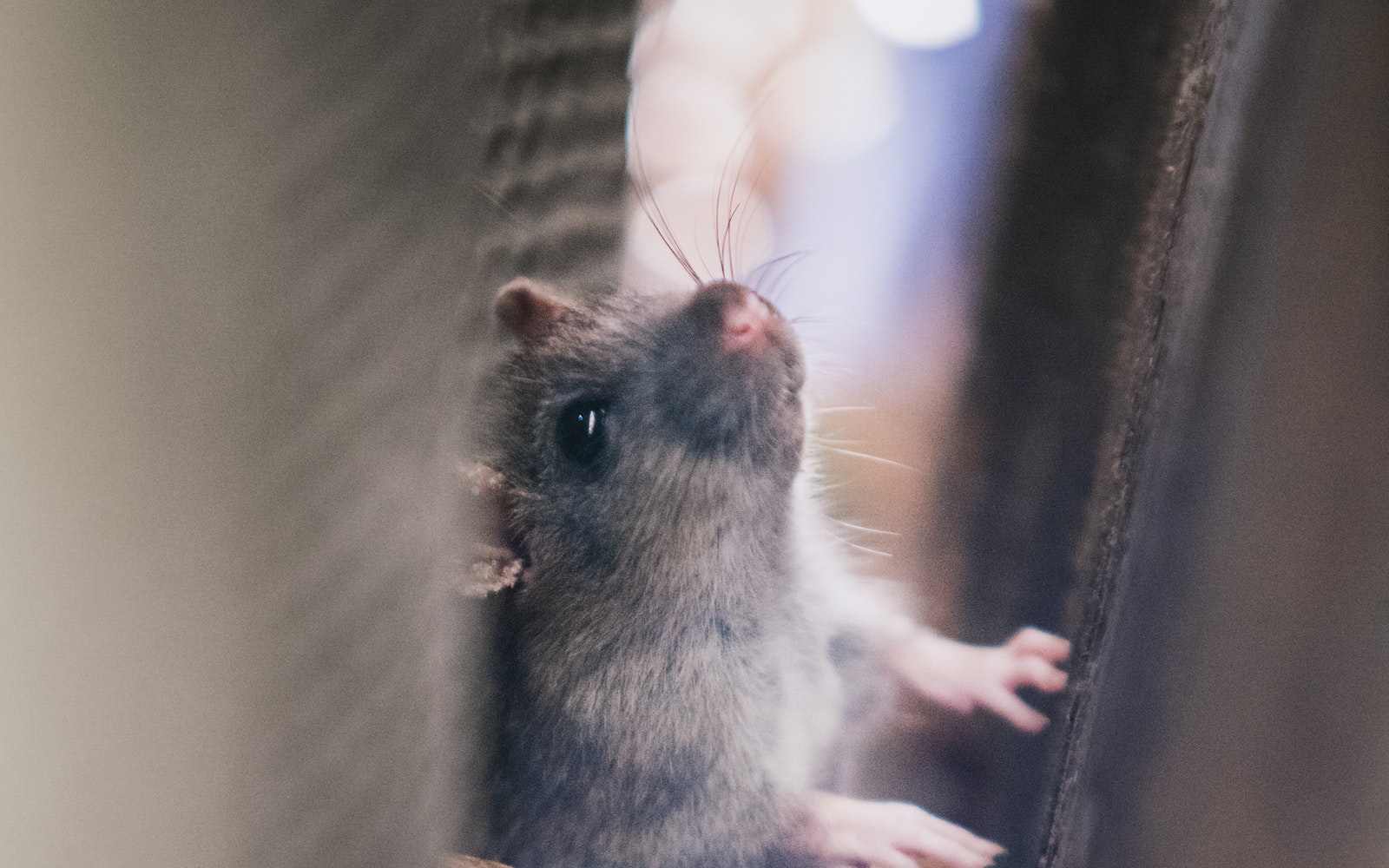
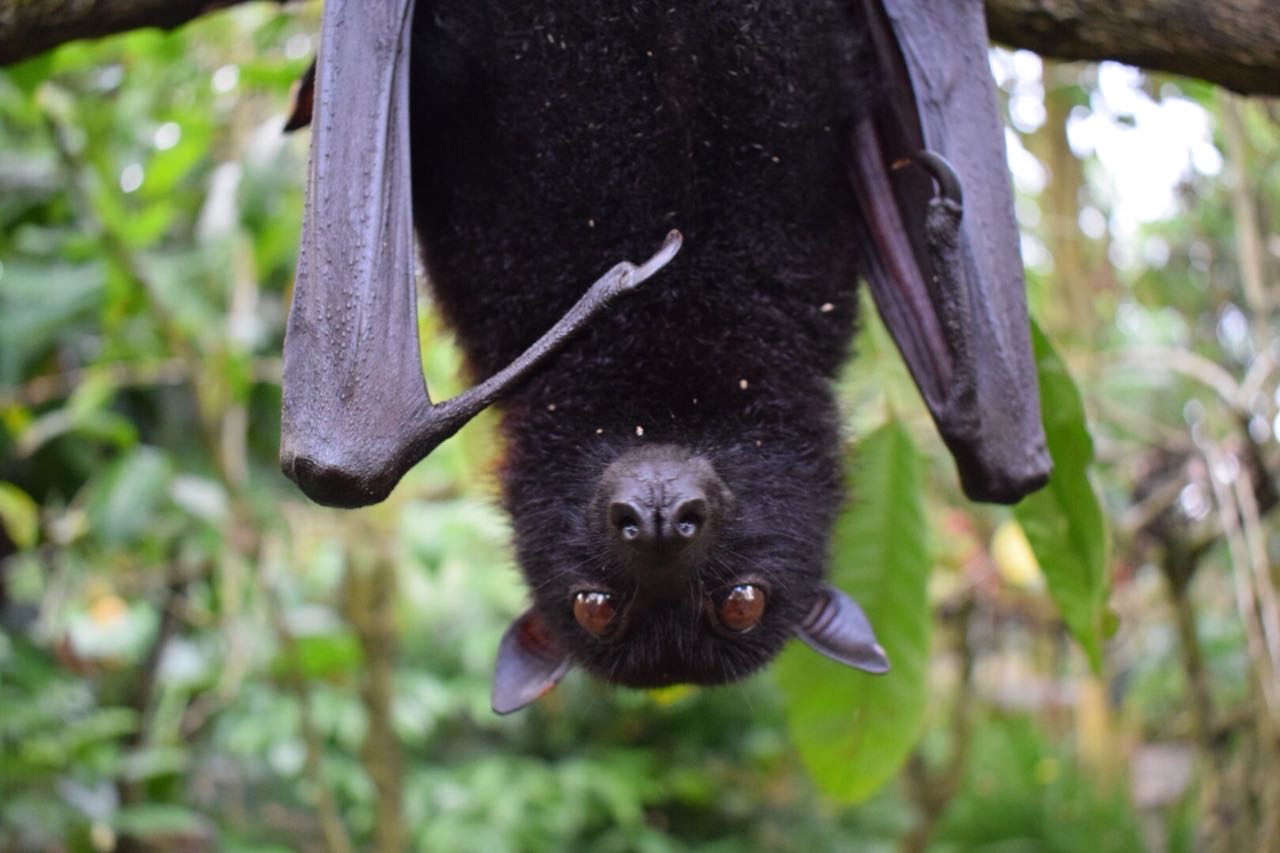
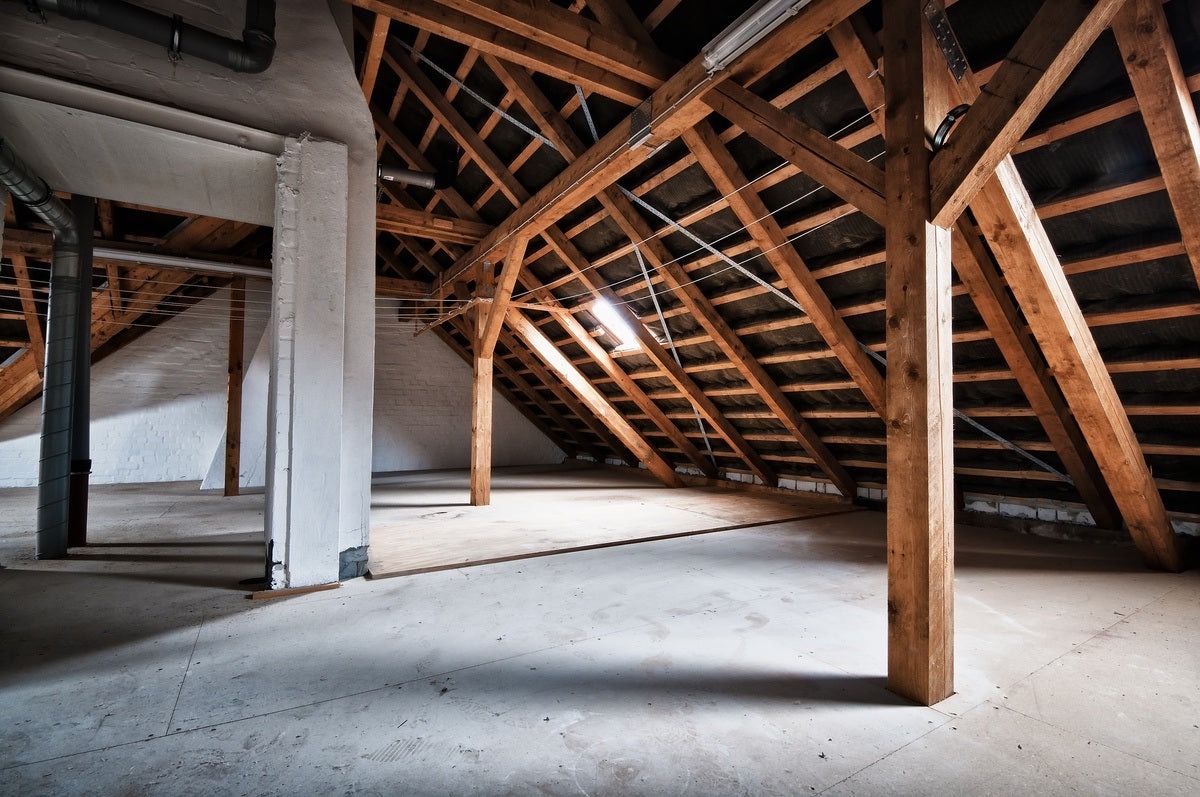

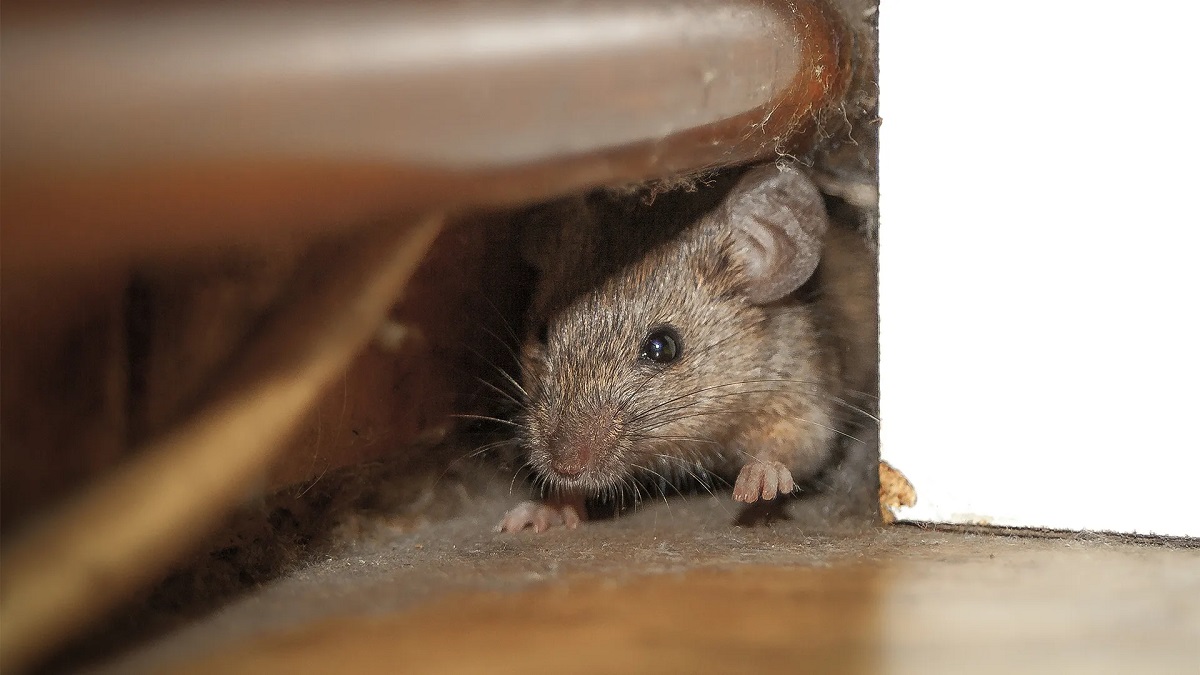

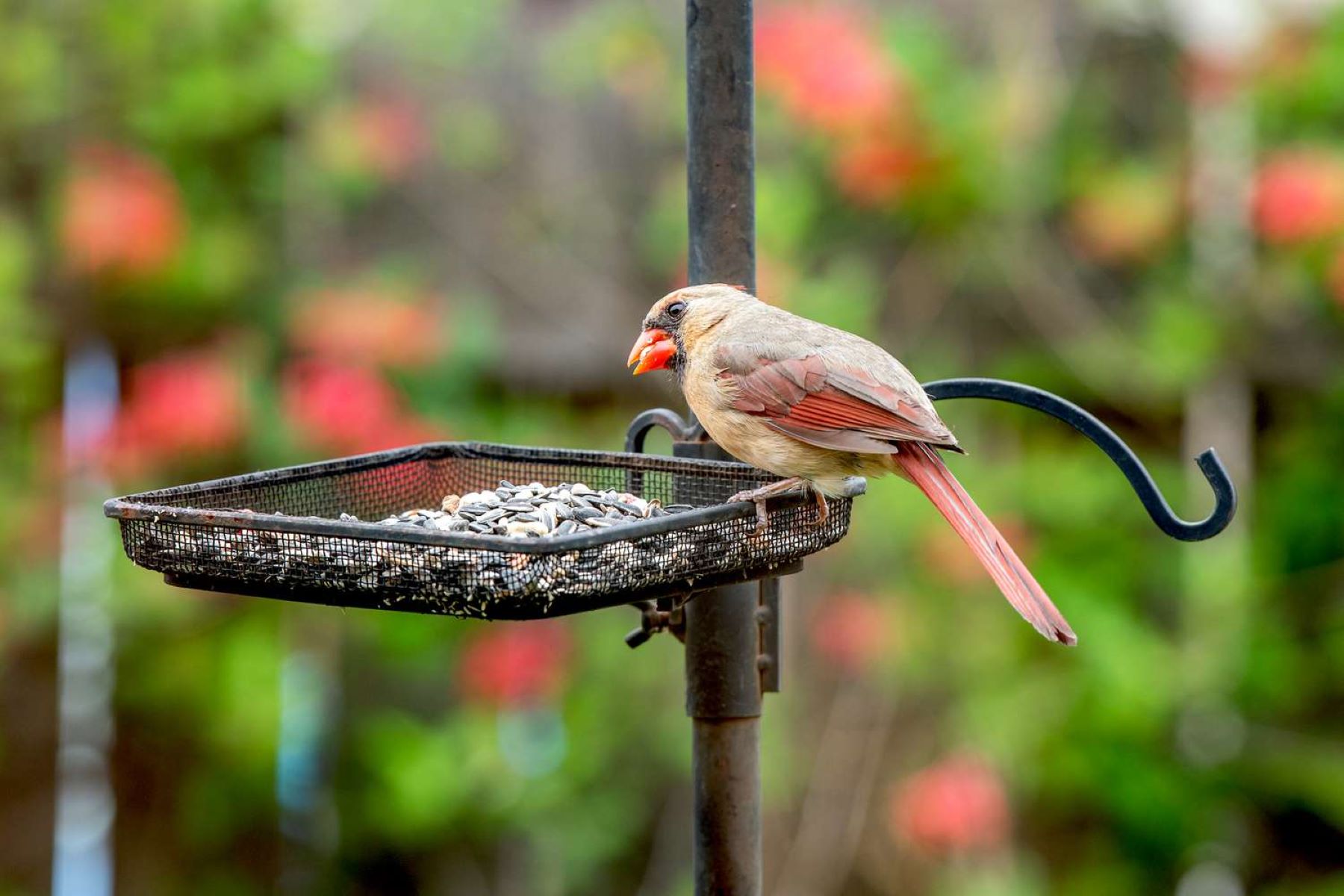
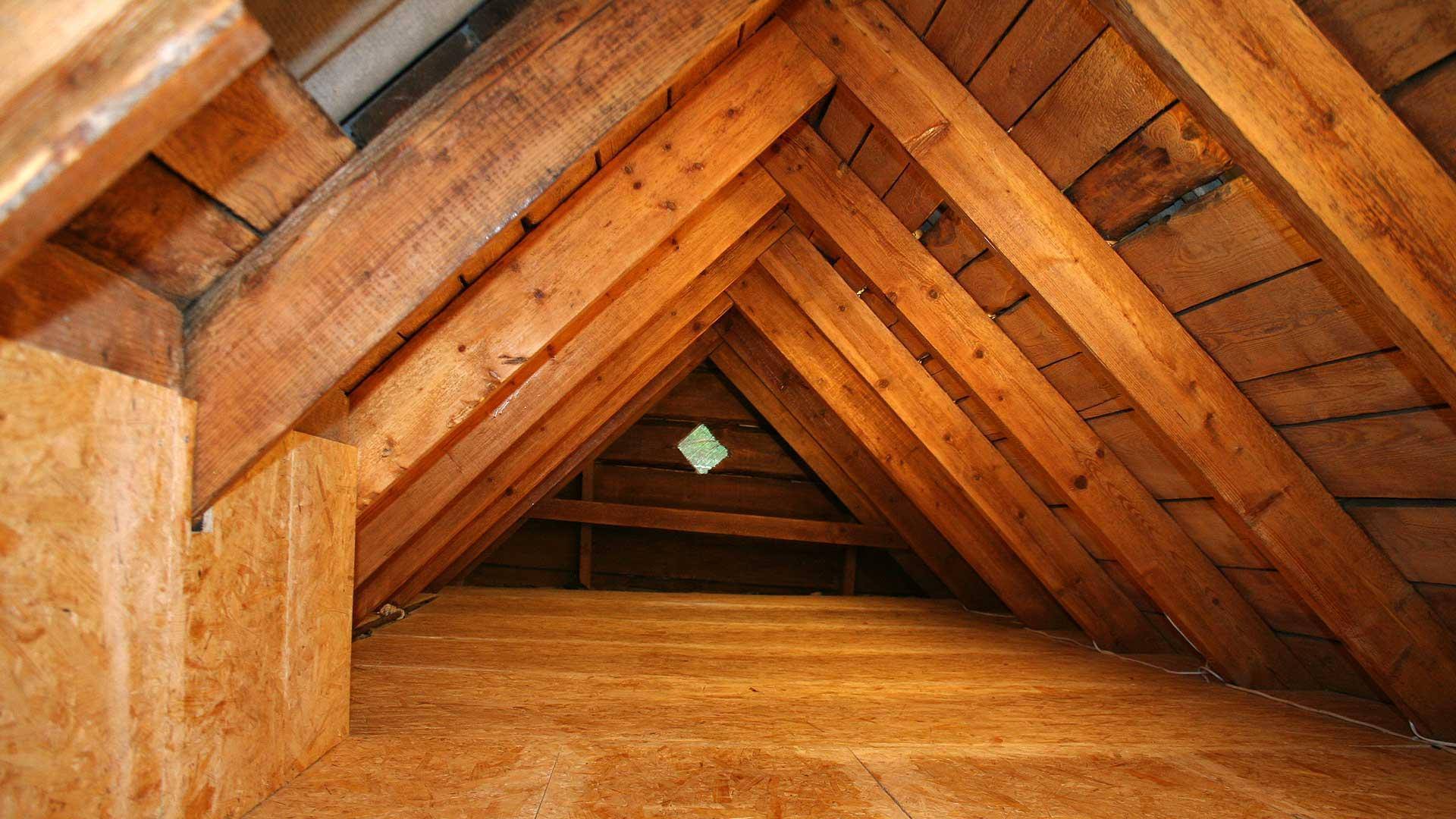
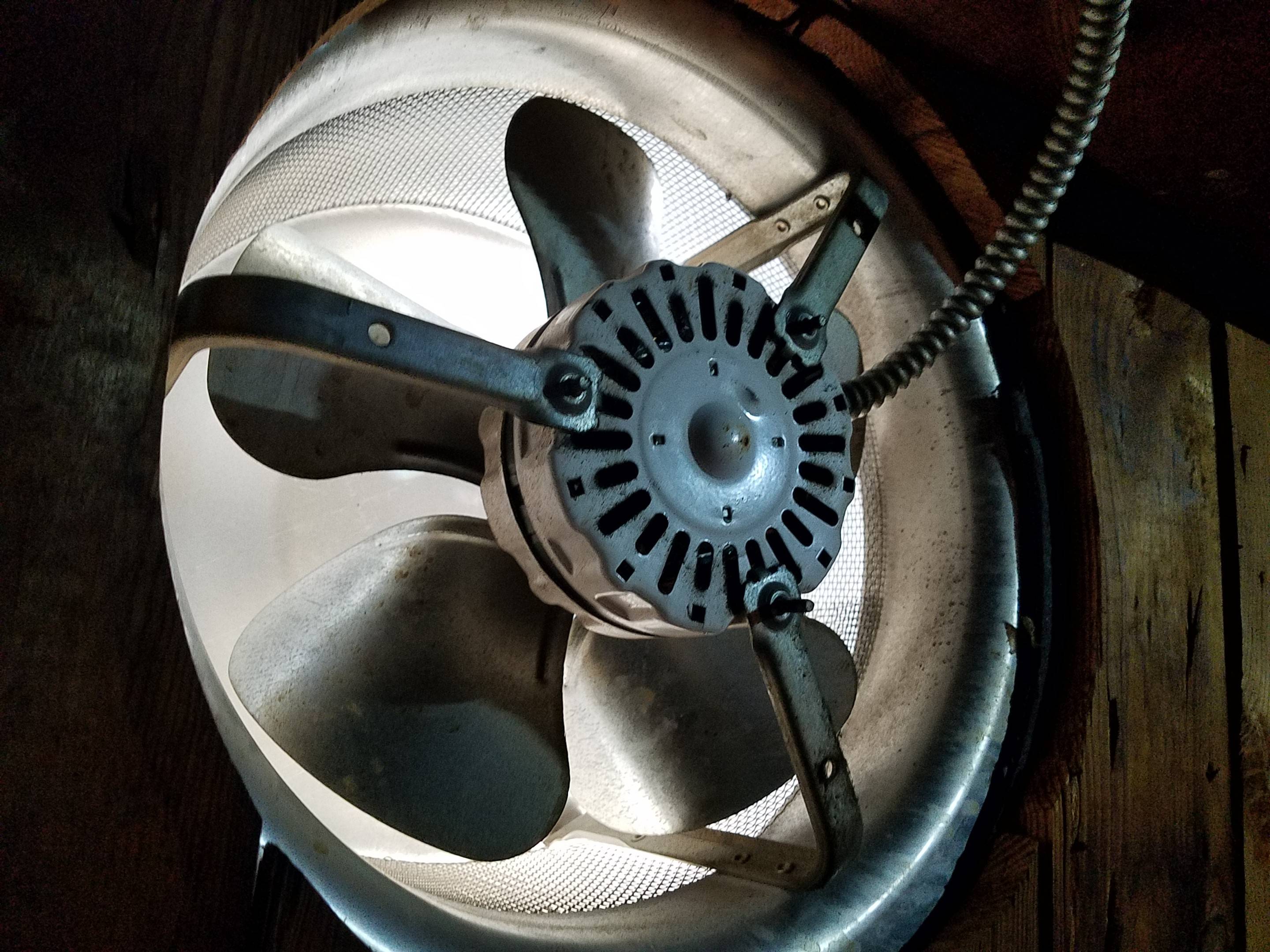
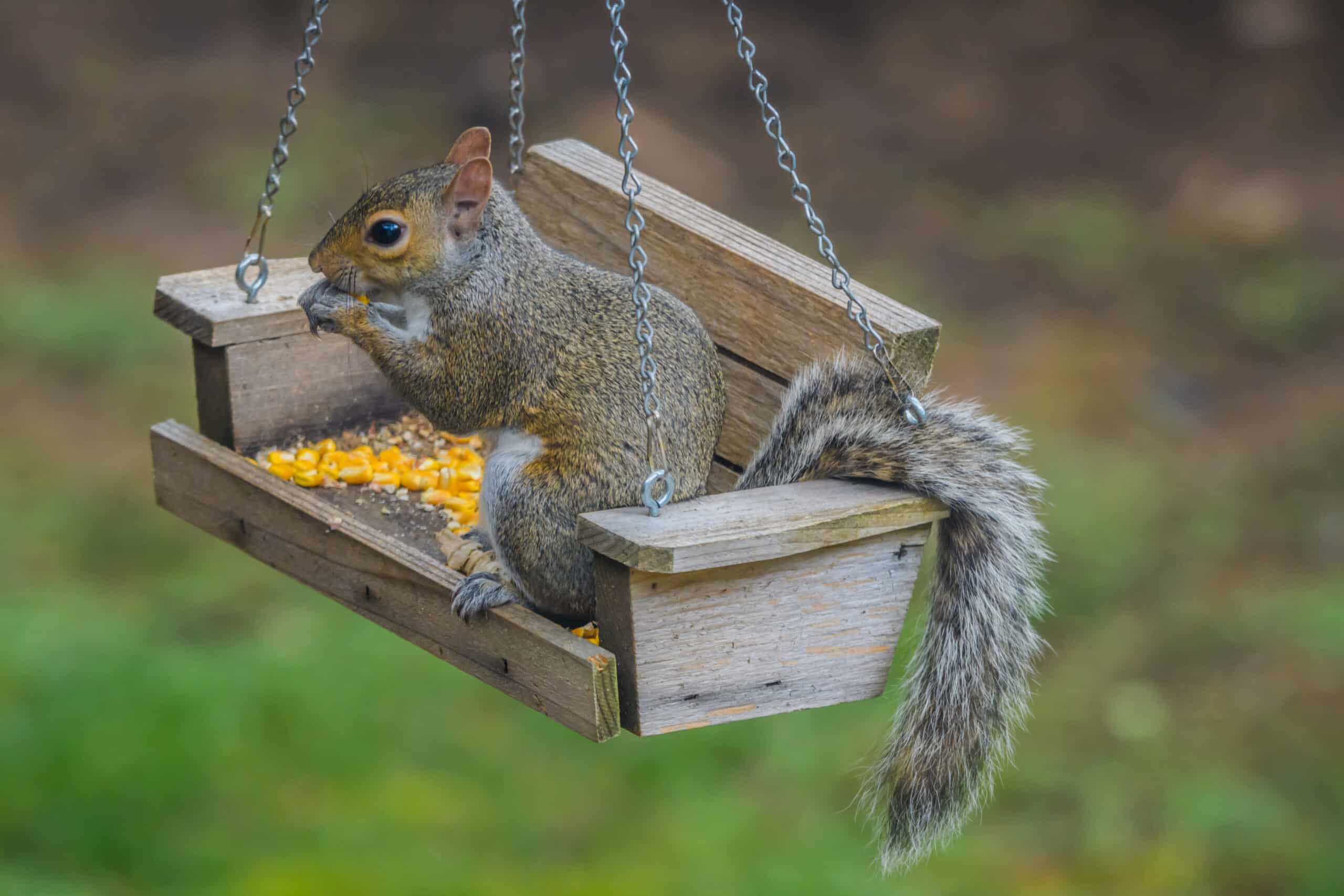
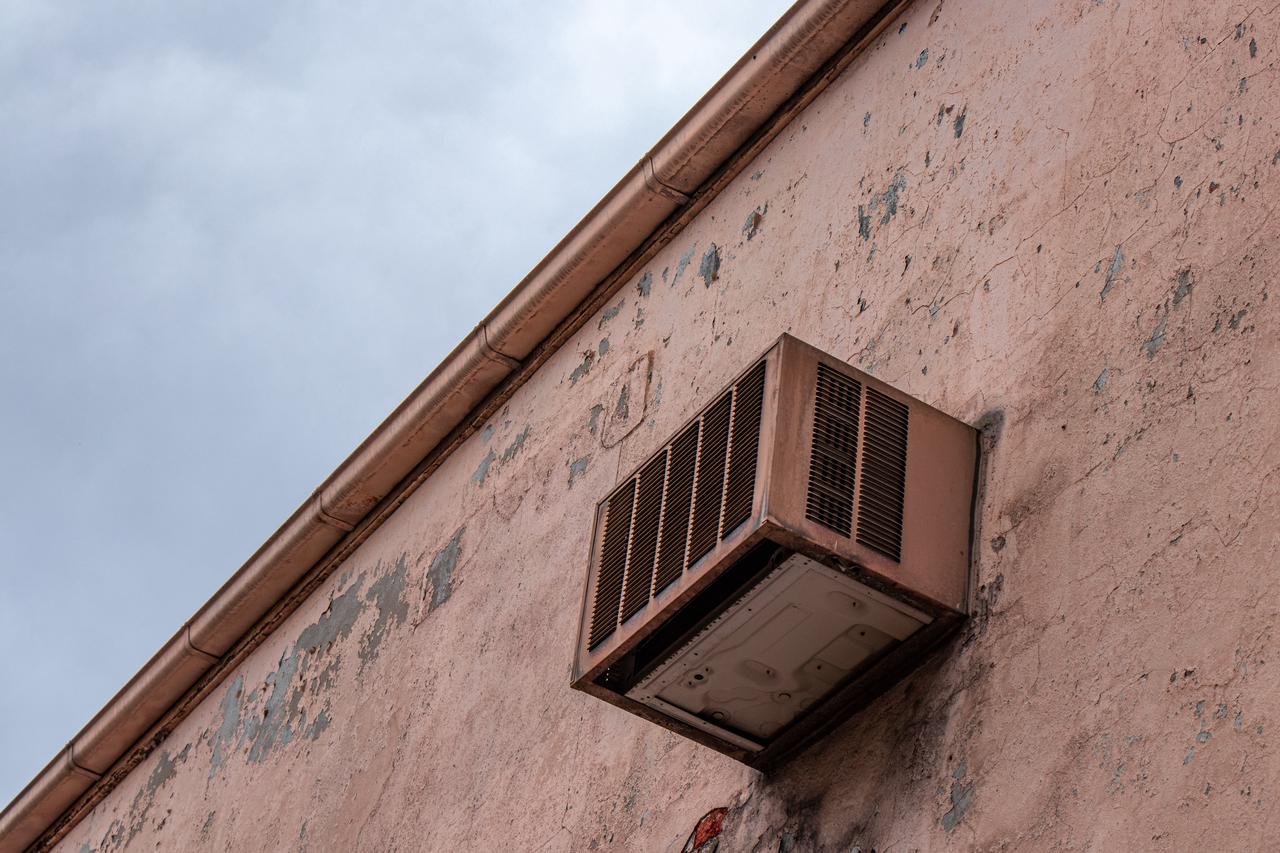



0 thoughts on “What Do Mice In The Attic Sound Like”